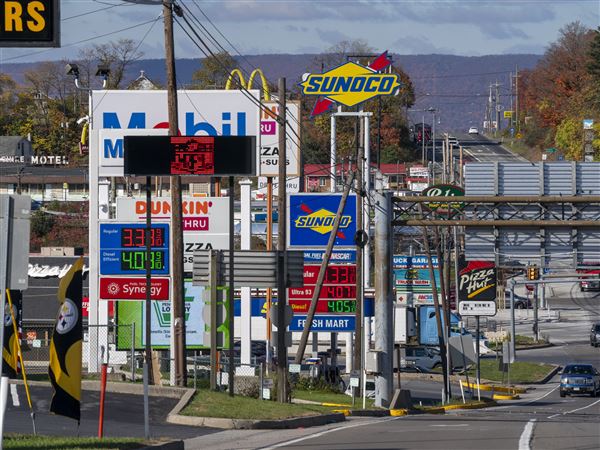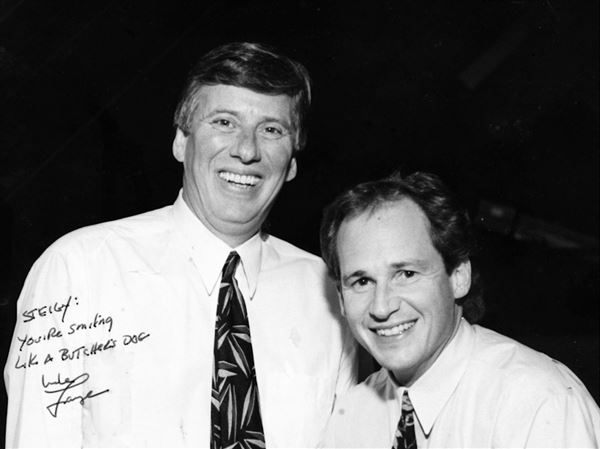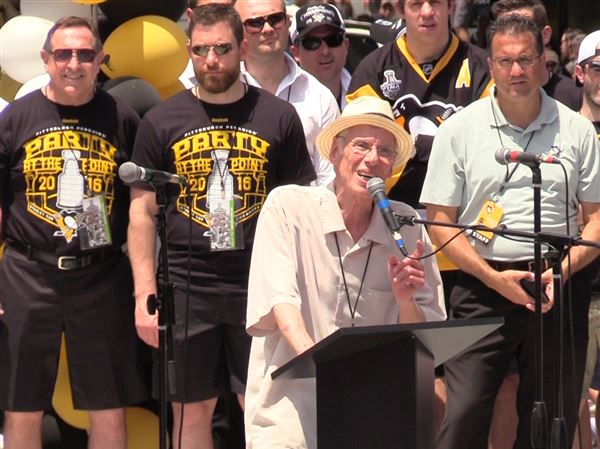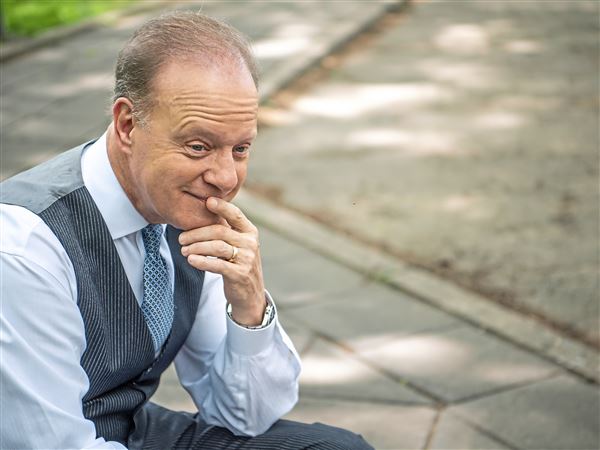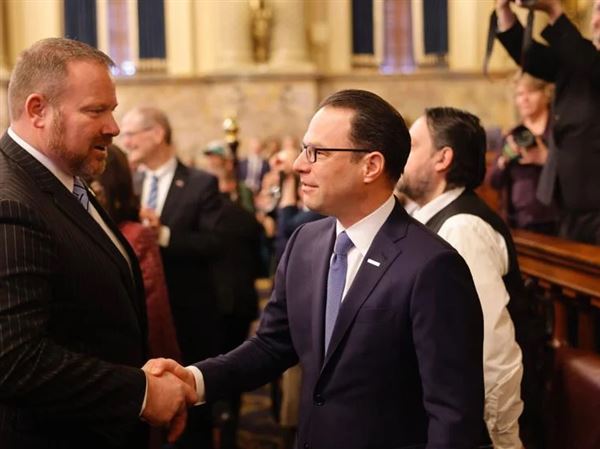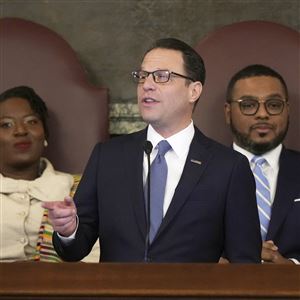Nine out of 10 scientist believe that humans are causing global climate change, surveys suggest. But only about one out of two science-education facilities are discussing it at all.
“I would say about half of [U.S. science facilities] have addressed the issue one way or another,” said Walter Staveloz, who has worked on climate-change issues at the Association of Science-Technology Centers. The association represents some 600 science museums, zoos, and other institutions of informal science education.
Some science facilities address climate change during live demonstrations. Others discuss concerns like rising sea levels, while glossing over the part humans play. “We need to talk about these concerns more than we have,” said John Anderson, the New England Aquarium’s Director of Education. “Americans are concerned about climate change, but they don’t understand what’s going on.”
Mr. Anderson leads a federally funded effort to help science educators discuss climate change. While more institutions are taking on the topic, he said, “some clearly have leadership that is not prepared to address the issue.” Among their concerns: “If our funders don’t like this and pull their funding, will that undermine our capacity to continue our work?”
Museums sometimes do end up feeling the heat.
A 2010 Monterey Bay Aquarium climate-change exhibit, for example, outraged dairy farmers by featuring a cow wearing a gas mask. (Cows are a source of methane, a greenhouse gas.) The mask was removed.
This summer, the Dallas Morning News reported that a wall panel on climate change had been missing from the Perot Museum of Nature and Science since it opened in 2012. The museum has received funding from the fossil-fuel industry — a major contributor to global warming — but museum spokesperson Krista Villarreal Moore said the omission was accidental.
“We wouldn’t have created [the panel] if there’d been no intention to display it,” she said. The panel was installed after the Morning News story.
In general, centers without climate-change exhibits said they were guided by their audiences, not their funders.
Kansas City’s Science City at Union Station, for example, features “extreme weather” displays like a tornado machine. But Director of Programming Christy Nitsche said “climate change might be harder to grasp” for younger visitors.
At Richmond’s Science Museum of Virginia, meanwhile, the message is “more about what you’re doing [for] the environment,” rather than climate change itself, said spokesperson Chrissy Caldwell. The center seeks to be “fun and approachable” rather than giving “a negative vibe,” she added.
That approach is common, said Mr. Staveloz. Often, “the only thing that seems to work is having people involved in positive thinking about saving energy, which can help your pocketbook.”
But “things people will do voluntarily [don’t] do anything close to what’s necessary” to forestall dire environmental impacts, said Penn State University meteorology professor Michael Mann, a leading climate-change researcher. Societal interventions are needed, he said, and often “I see exhibits playing down the science.”
Still, museums “can’t hit people over the head,” he said. “If the material is really dense, people will just go look at the elephants.”
Chris Potter: cpotter@post-gazette. com or 412-263-2533.
First Published: November 2, 2014, 4:00 a.m.
